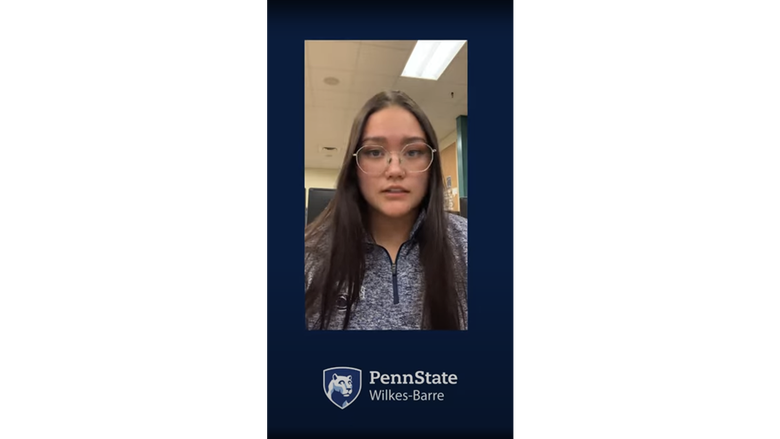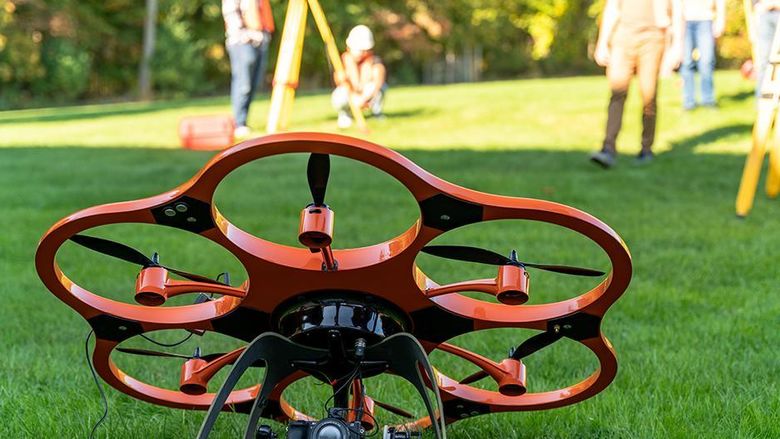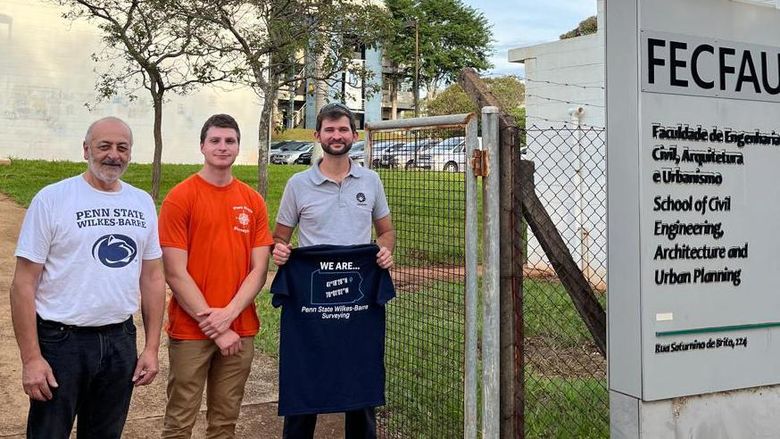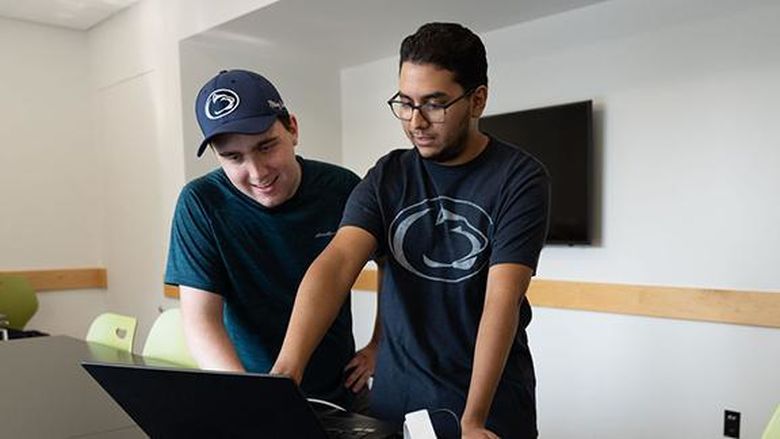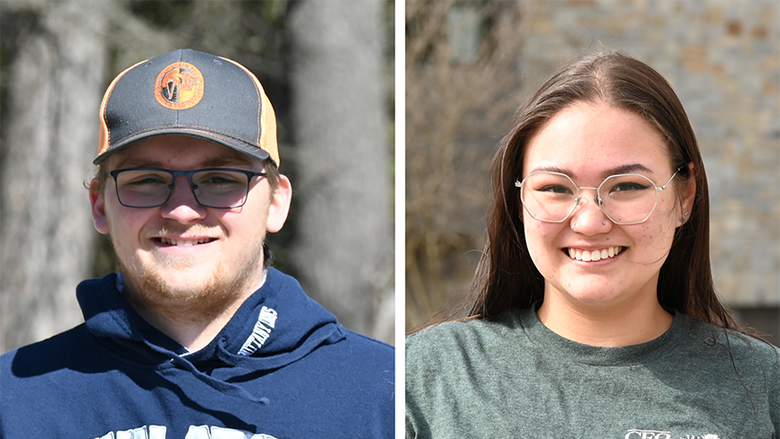The associate degree program in Surveying Engineering Technology provides the basic undergraduate education required for private and public service as a technician in the surveying profession. Basic knowledge is provided in the areas of boundary, construction, topographic, and photogrammetric surveying. The 2-year curriculum is designed to develop an individual understanding of the skills and equipment needed to make precise surveying measurements.
Request information about the
Surveying Engineering Program
Program Educational Objectives
The Associate Surveying Engineering Technology program prepares students with technical and professional skills for professional practice. Within three to five years of graduation, our Associate Surveying Engineering Technology graduates will have:
- Demonstrated proficiency in applying basic principles and methods of surveying practice to perform surveys, analyze results, and assist in surveying and/or engineering design solutions.
-
Demonstrated proficiency in effectively articulating technical and non-technical concepts to diverse audiences through written, verbal, and graphical mediums
-
Worked collaboratively within multidisciplinary teams, showcasing their ability to function as productive team members, respect diverse perspectives, and contribute to team success.
- Engaged in continuous professional development, or further their education to pursue professional certification(s), or participating in professional organizations, to enhance their knowledge and skills and stay current in the field.
Student Outcomes
Student outcomes are those skills and capabilities that are the foundation on which those achievements can be built. Stated differently, student outcomes are the talents, skills, and capabilities that should be imparted to students so that, when they graduate with an associate degree in Surveying Engineering Technology, they are well equipped to succeed at their chosen careers. Those outcomes state that at time of graduation the students will be able to demonstrate:
- an ability to apply knowledge, techniques, skills and modern tools of mathematics, science, engineering, and technology to solve well-defined engineering problems appropriate to the discipline;
- an ability to design solutions for well-defined technical problems and assist with the engineering design of systems, components, or processes appropriate to the discipline;
- an ability to apply written, oral, and graphical communication in well-defined technical and non-technical environments; and an ability to identify and use appropriate technical literature
- an ability to conduct standard tests, measurements, and experiments and to analyze and interpret the results; and
- an ability to function effectively as a member of a technical team.
Enrollment and Graduation Data
- Undergraduate enrollment in Surveying Engineering Technology
- Undergraduate degrees awarded in Surveying Engineering Technology
Graduates of the Surveying Engineering Technology major may qualify for admission to the baccalaureate degree major in Surveying Engineering and complete that degree with an additional 2.5 years of study. For the Associate in Engineering Technology degree in Surveying Engineering Technology, a minimum of 67 to 70 credits is required.
Please note: Many US states and territories require professional licensure/certification to be employed. If you plan to pursue employment in a licensed profession after completing this program, please visit the Professional Licensure/Certification Disclosures by State interactive map.
The A.EngT. in Surveying Engineering Technology at Penn State Wilkes-Barre is accredited by the Engineering Technology Accreditation Commission of ABET, https://www.abet.org, under the commission’s General Criteria and Program Criteria for Surveying/Geomatics Engineering Technology and Similarly Named Programs.


